

Costumes on Review(1976)
Movie: Costumes on Review

Costumes on Review
HomePage
Overview
Release Date
1976-01-01
Average
0
Rating:
0.0 startsTagline
Genres
Languages:
EnglishKeywords
Similar Movies
 7.0
7.0Land Without Bread(es)
An exploration —manipulated and staged— of life in Las Hurdes, in the province of Cáceres, in Extremadura, Spain, as it was in 1932. Insalubrity, misery and lack of opportunities provoke the emigration of young people and the solitude of those who remain in the desolation of one of the poorest and least developed Spanish regions at that time.
 7.3
7.3Daybreak Express(en)
Set to a classic Duke Ellington recording "Daybreak Express", this is a five-minute short of the soon-to-be-demolished Third Avenue elevated subway station in New York City.
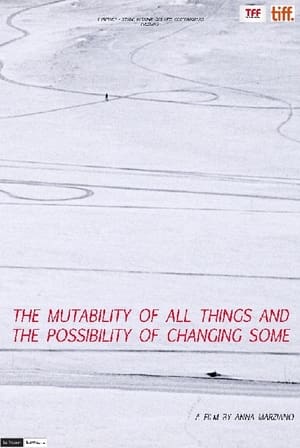 5.0
5.0The Mutability of All Things and the Possibility of Changing Some(fr)
The Mutability of All Things and the Possibility of Changing Some explores our human adaptability in light of catastrophe by way of seminal literature passages implying a transitory social body.
 6.1
6.1Hakob Hovnatanyan(hy)
Exploring the art of Armenian portraitist Hakob Hovnatanyan, Parajanov revives the culture of Tbilisi of the 19th century.
 5.9
5.9Larisa(ru)
Elem Klimov's documentary ode to his wife, director Larisa Shepitko, who was killed in an auto wreck.
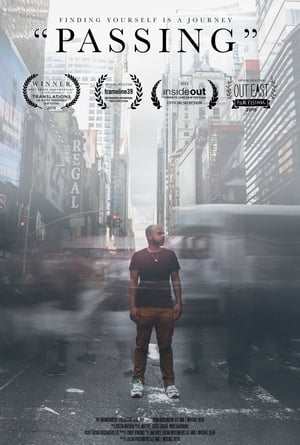 7.0
7.0Passing(en)
A short documentary profiling the lives of three transgender Black men, exploring what life is like living as a Black man when no one knows you are transgender, and their journeys with gender in the years since they transitioned.
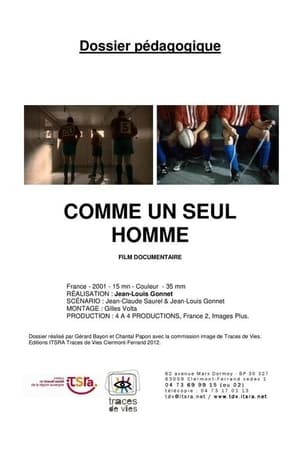 0.0
0.0All for One(fr)
In a closed locker room, rugby players perform the last pre-match rituals. Warming up their souls and bodies, all tense in anticipation of the fight.
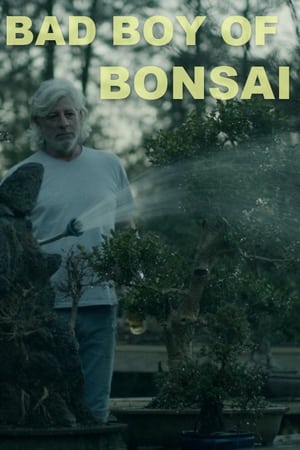 0.0
0.0Bad Boy of Bonsai(en)
Bad Boy of Bonsai is an experimental art-house documentary that focuses on Guy Guidry, a Louisiana local, and his passion for bonsai.
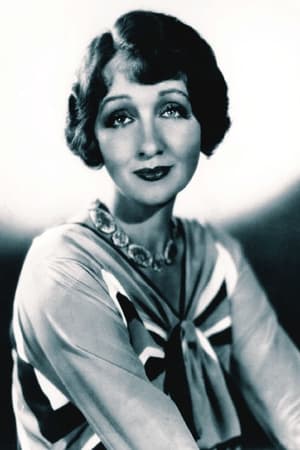 6.0
6.0Hedda Hopper's Hollywood No. 2(en)
Hedda Hopper plays hostess at a party for her (grown) son William (DeWolfe Jr.). Hopper, attends the dedication of the Motion Picture Relief Fund's country home and goes to the Mocambo. There is also a sequence dedicated to the Milwaukee, Wisconsin world premiere of the first short in this series attended by more that a few film stars.
 0.0
0.0Bach and the Gap Year Program(en)
This documentary follows a group of filmmakers on a journey to capture the unique experiences of the Enlightenment Academy's gap year program in Sudbury, Ontario. The project was initiated by Bach Van Dyke, a self-proclaimed world-famous actor, director, producer, and model, who enlisted the help of a small team to bring his vision to life. Despite Van Dyke's larger-than-life persona, the documentary offers a more grounded perspective on the program and its participants. Viewers can expect to encounter a colorful cast of characters, including Dr. Raymond Cism, a social media-savvy health doctor, and the program's students, Sheen, Jake, and Butch.
Liquidation(fr)
Scratches. Cross-outs. Stripes. Arnaud is tirelessly attacking ancient masters' painting reproductions with the tip of his pen. His free and living interlaces highlight shapes and figures.
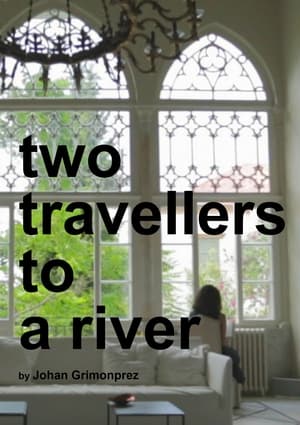 5.0
5.0Two Travellers to a River(ar)
When asked a question on politics, late Palestinian poet Mahmoud Darwish once answered: “I write about love to expose the conditions that don’t allow me to write about love.” In TWO TRAVELERS TO A RIVER Palestinian actress Manal Khader recites such a poem by Mahmoud Darwish: a concise reflection on how things could have been.
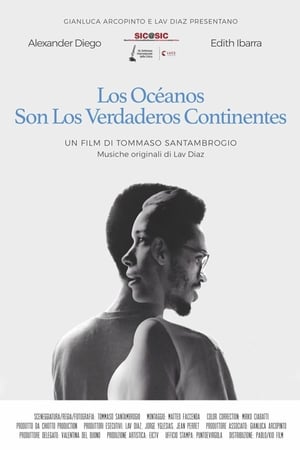 7.2
7.2The Oceans Are the Real Continents(es)
Having Cuba as a background, decadent and in crisis, in a black-and-white lacerated by the Caraibic swinging rain, Alex and Edith, a couple in their 30s, live their love story made of small daily gestures, stories from the past, nostalgia, and a deep intimacy.
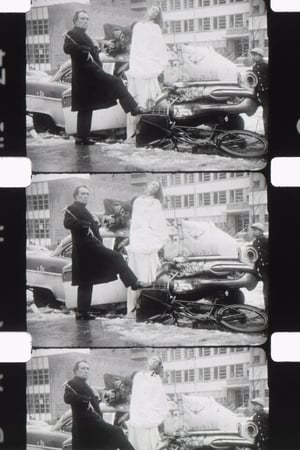 5.0
5.0Salvador Dalí at Work(en)
Filmmaker Jonas Mekas follows the surrealist artist around the streets of New York documenting staged public art events.
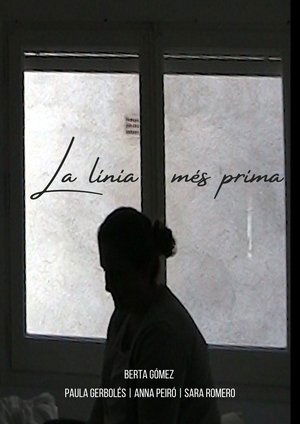 0.0
0.0The Thinnest Line(ca)
A fist-person story of the director of the documentary, who talks about the loneliness that entails living with an eating disorder and her vision now thar she is entering into adulthood.
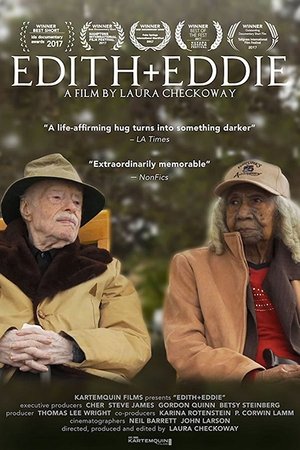 7.3
7.3Edith+Eddie(en)
Edith and Eddie, ages 96 and 95, are America's oldest interracial newlyweds. Their unusual and idyllic love story is threatened by a family feud that triggers a devastating abuse of the legal guardianship system.
 9.0
9.0Our Territory(fr)
When I got to Rignano, the Ghetto residents told me: "You mustn't keep any trace of our lives here in these precarious houses. This despair is not yours to display." The misery in the Ghetto is the first thing that struck me, the first thing I wanted to show.
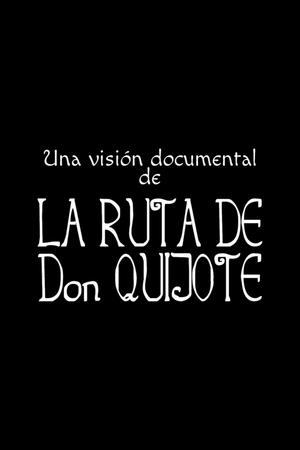 5.2
5.2La ruta de don Quijote(es)
A poetic journey through the paths and places of old Castile that were traveled and visited by the melancholic knight Don Quixote of La Mancha and his judicious squire Sancho Panza, the immortal characters of Miguel de Cervantes, which offers a candid depiction of rural life in Spain in the early 1930s and illustrates the first sentence of the first article of the Spanish Constitution of 1931, which proclaims that Spain is a democratic republic of workers of all kind.
 0.0
0.0Like a Spiral(fr)
Like a Spiral is a dialogue between Beirut and five women, migrant domestic workers, under the Kafala system. Expressing their belonging to a society in collapse, the women's voices rise through the film's grainy images to denounce their stolen freedom with an inalienable thirst for existence. Their memories dance in the rhythm of oppression. Caught within life's spiral, they lift themselves up to not sink into oblivion.
